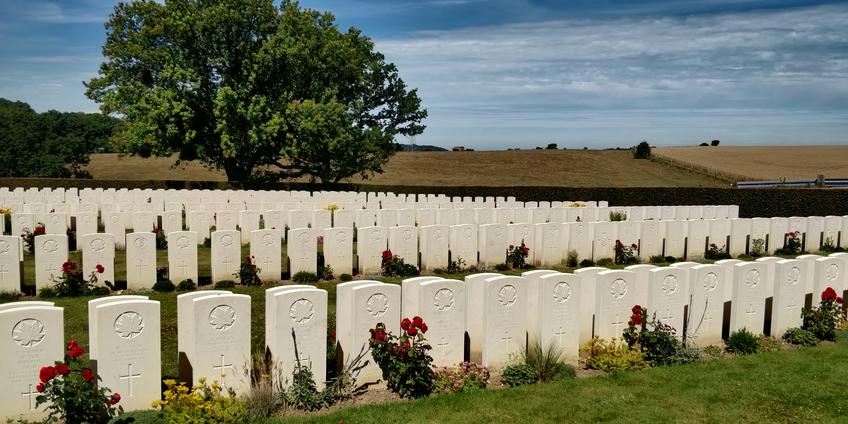Act of Remembrance
They shall grow not old, as we that are left grow old:
Age shall not weary them, nor the years condemn.
At the going down of the sun and in the morning,
We will remember them.
We will remember them.
Remembrance Day, 2023
This year, Remembrance Day fell on a Saturday. The weather was surprisingly warm for November, and I wanted to attend a Remembrance Day ceremony with the little ones in person (the last few years, we’ve watched the National ceremony from Ottawa at home on the couch).
I was disappointed to discover that the indoor ceremony that I’d previously attended wasn’t happening (and I guess hasn’t since Covid first became a thing). Of course, we didn’t discover this until we were physically standing there, wondering where everyone else was, at 10:30am. Per online, it looked like there was a ceremony to start shortly at the Provincial Legislature, so we quickly headed down. On the lawn we found the military set up for the gun (or cannon!) salute, but no ceremony. We did eventually find (in time!) a ceremony on the upper plaza. I gather, however, that the Legislature’s “official” ceremony had been the day before. It was good to be there, and I hope the little ones gained something from it too.
I wonder a lot how the little ones, growing up now, will relate to Remembrance Day. When I was a kid in school, the World War II veterns were old but still alive; they could come talk to us and tell of something of their experiences. Today, the youngest of them must be approaching 100, and they will all soon be gone. There have been wars to produce veterns since — Korea, Bosnia, Afghanistan, and others — but not in the numbers of the World Wars to lend to the commonality of the experience, both among young men and among the community. Perhaps this (familiarity with war venterns) will be another thing lost as the era of a “common popular culture” dissolves.
To me, Remembrance Day is a connection to the past. It is a reminder that “freedom isn’t free”; that sometimes the peacable need to bring others in line at the point of a sword. It is a reminder not to take our freedoms for granted. It is also a community event, and community ritual; there are so few things we do as a larger community these days.
Parts of a Remembrance Day Ceremony
In case Remembrance Day ceremonies fade even more, it seems perhaps wise to note the pieces that make up a ceremony.
The traditional date to hold the service is November 11th. If held another date (if, for example, November 11th is a holiday or on the weekend and you’re doing this at a workplace or scholl), hold it beforehand but as close to the 11th as reasonable.
Those participating are invited to wear a poppy, attached to their left breast of their clothing. A poppy is traditionally worm from the beginning of November until the 11th.
If held municipally, the local cenotaph is the most appropriate location. If needed, a temporary cenotaph may be erected for the service.
Before the service proper, sentries may be plated at the cenotaph. They should be in place from before the service begins until after the service is complete.
Larger services will include a parade, bringing military units participating to the service. I’ve always particularly enjoyed hearing the pipe (i.e. bagpipes) and drums bands.
There are often some opening remarks, recognition of dignitaries, and signing of the national anthem.
Finally, the heart of the service itself. In my mind, in a pinch, the service could be trimmed down to just this, and even then the wreaths could be optional.
-
Last Post
The Last Post is played on a bugle (or a trumpet), and was traditionally played at the end of the day. Here, is it a symbol of death.
-
A Moment of Silence
2 minutes long, starting at 11 o’clock. Ideally, starting exactly at the top of the hour.
-
Lamant
The Lament is played on bagpipes.
-
Rouse
The Rouse is played again on a bugle, and was traditionally played to wake soldiers at the start of the day.
-
The Act of Remembrance
This is the poem at the top of this article. Some of what I’ve read online suggests that it should be read by a veteran, where possible. The last line above (We will remember them) is actually a reply of those present to the end of the poem.
-
Placing of Wreaths
Wreaths are laid at the foot of the memorial. In larger ceremonies, the wreath is carried by a member of the miliary, who advances with the wreath-layer to the memorial, who then lays the wreath.
Following the formal wreaths, it has emerged as a folk tradition to lay one’s poppy at the memorial too.
And thus the service finishes.
We will remember them.
The picture is one I took of the Dieppe, France Canadian cemetary, dating to World War II, during a recent (summer 2022) visit.

Comments
There are no comments yet. Will you add the first one?